
views
Disinfecting Cuts and Scrapes
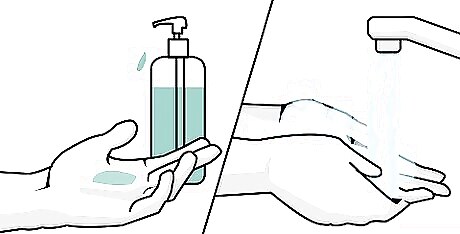
Wash your hands. Soap and water are all you need. Work up a good lather. Then, rub your hands together long enough to sing the “Happy Birthday” song. Make sure you get the backs of your hands, fingertips, and under your fingernails, if possible. Dry your hands thoroughly with a clean towel. If you do not have access to running water, then you can also use an alcohol-based hand sanitizer. Washing your hands with water is best, but using hand sanitizer is better than nothing. If you are disinfecting someone else’s wound, then you may also want to put on a pair of clean, disposable vinyl or latex gloves. However, this is not absolutely necessary.
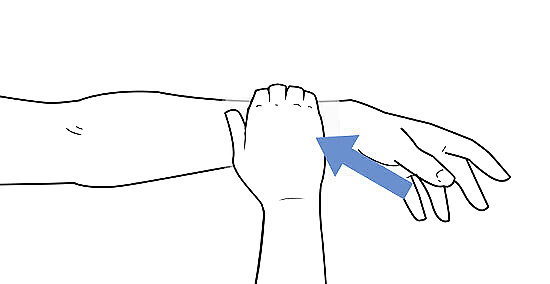
Stop the bleeding, if necessary. If the wound hasn't stopped bleeding on its own, place a clean or sterile bandage or gauze over it and apply direct pressure. Do not remove the gauze or bandage until you are certain that the bleeding has stopped or you may pull away tissue and cause the bleeding to start again. Elevate it above the level of your heart. This will direct the blood flow away from the injury point. If you can't raise the wound, apply pressure to a pressure point (an artery above the injury) on the wrist, bicep, at the top of the thigh, or behind the knee. If the bleeding doesn't stop after 10 minutes of pressure and elevation, seek medical assistance. Call emergency services if you can't get transportation to the emergency room.

Clean the wound and the surrounding area. Rinse the wound with clean water. This can be either under a faucet or a container filled with water. Use a soapy washcloth to clean around the wound. Avoid getting soap in the wound, as it could cause irritation. Rinse the area with clean water and dry it with a clean towel or cloth. Alternatively, you could clean the wound with salt water and a piece of gauze. Dip the gauze in the salt water and gently blot the wound with it. If any dirt or debris is in the wound, try to remove it with a pair of sterilized tweezers that have been cleaned with rubbing alcohol. Do not use your fingers. Seek medical help if any dirt, debris, or other object is too deep for you to reach or if the wound is deep and has an object inside of it.
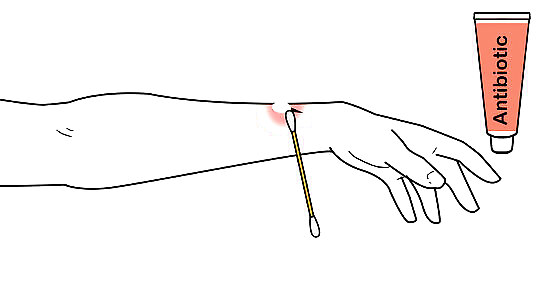
Put an over-the-counter topical antibiotic on the wound. This can be ointment like Neosporin. Apply a pea-sized dollop to a cotton swab. Cover the wound with the antibiotic. Check the label first to ensure that you are not allergic to the ingredients in the ointment. The label should list the ingredients and potential allergens.
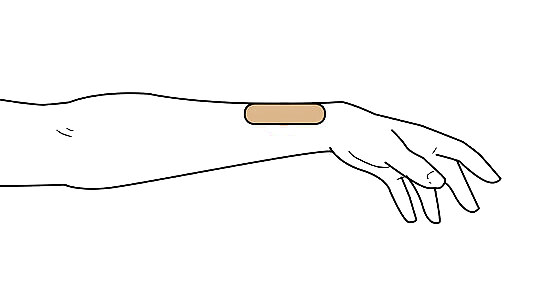
Dress the wound with a bandage. An appropriately sized band aid, a non-adhesive bandage, a non-stick piece of gauze and medical tape will work. Keep the dressing dry, but keep the wound moist because this will promote faster healing. Change it at least daily, especially after bathing. This will allow the wound to heal and lower your risk of developing an infection.

Seek medical help, if necessary. Go to your doctor or the emergency room if you have a deep cut or puncture wound. Tell them exactly how you were wounded. They'll take steps to better sterilize your wound. You'll likely get stitches if your wound is deep enough. Expect a tetanus shot for a puncture wound.
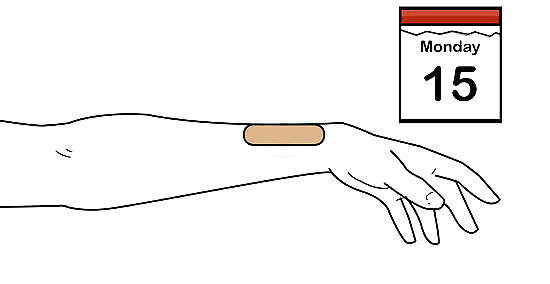
Monitor the wound until it heals. When you change the dressing, make sure the wound is developing a scab and gradually shrinking. Do not pick at the scab. Look for redness, swelling, or drainage and a foul odor. The color of the drainage is especially important and drainage that is thick and yellow, brown, or a sickly green color indicates that you may have an infection. If you see any of these signs or if the wound is not healing, seek medical help. You should also contact your doctor if you feel pain (beyond minor stinging) or warmth around the wound.
Caring for Surgical Wounds
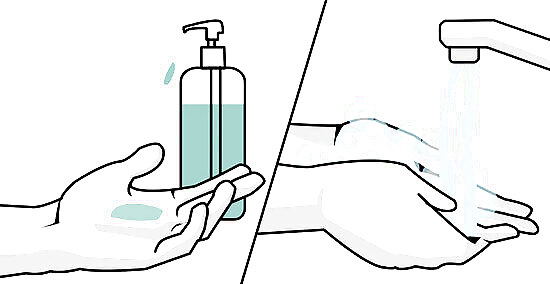
Sanitize your hands. Remove any jewelry you have on your hands and/or wrists. Lather up your hands with warm water and bar soap or a few drops of liquid soap. Rub your hands together, scrubbing your palms, the backs of your hands, your fingers, and under your fingernails. Wash your hands for at least 20 seconds. Rinse your hands and dry them with a clean towel.
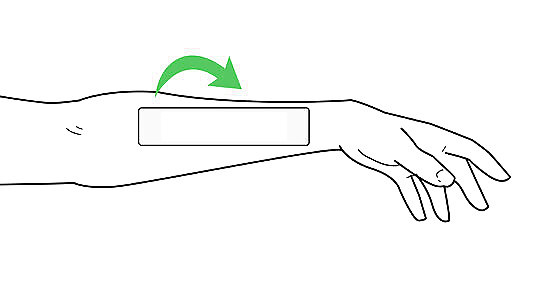
Remove the old dressing. Your doctor will tell you how often to do this. First, peel away the surgical tape. Then, carefully remove the dressing covering the wound. Moisten the dressing if it sticks to the wound unless your doctor gave you other instructions. Toss the dressing in a lined trash can. Make sure that you have all of your supplies ready on a clean surface before you remove the old dressing.
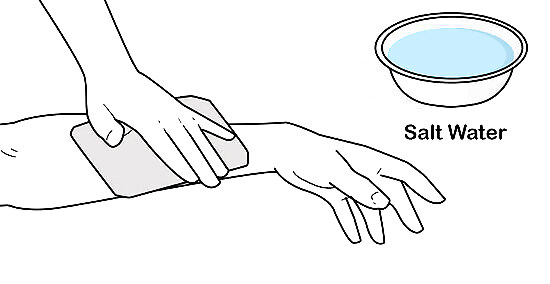
Clean the wound with salt water or use the cleanser recommended by your doctor. Soak a piece of gauze in salt water (saline solution) or in the cleansing solution that your doctor has recommended. Gently blot the wound. If any blood or drainage has built up around the wound, gently rub that away with the saline-soaked gauze. Avoid using any antibacterial soaps or topical treatments. These could slow down the healing process and put you at risk for infection.
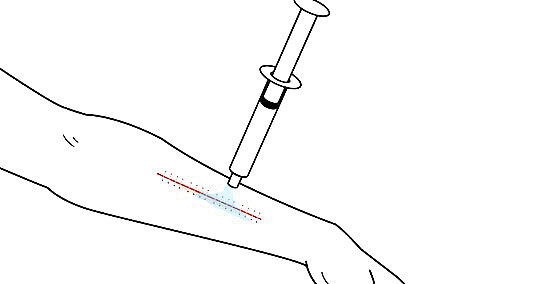
Irrigate the wound, if necessary. If your doctor prescribes this method of cleaning, they'll give you a syringe for the process. First, fill the syringe with salt water. Then, hold the syringe 1 to 6 inches (2.5 to 15.2 cm) from the wound and spray any dried blood or drainage from the affected area.
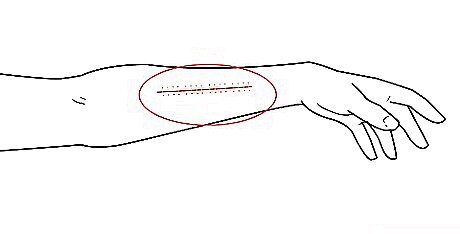
Look for signs of infection. Make sure the wound is healing according to your doctor's expectations. Check for redness, swelling, warmth, numbness, pus, or a foul odor. Look for any evidence of reopening. If you notice any of these danger signs, call your doctor immediately.
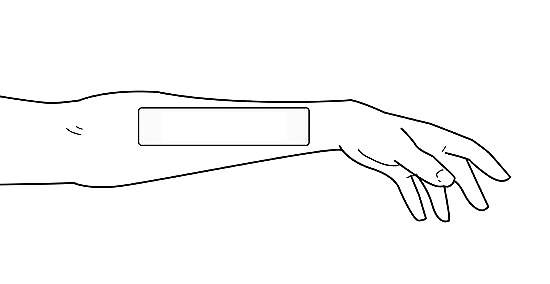
Apply a new dressing. Use only the materials your doctor gave your or advised you to use. Follow their instructions to the letter. Keep your dressing supplies clean and sterile.




















Comments
0 comment